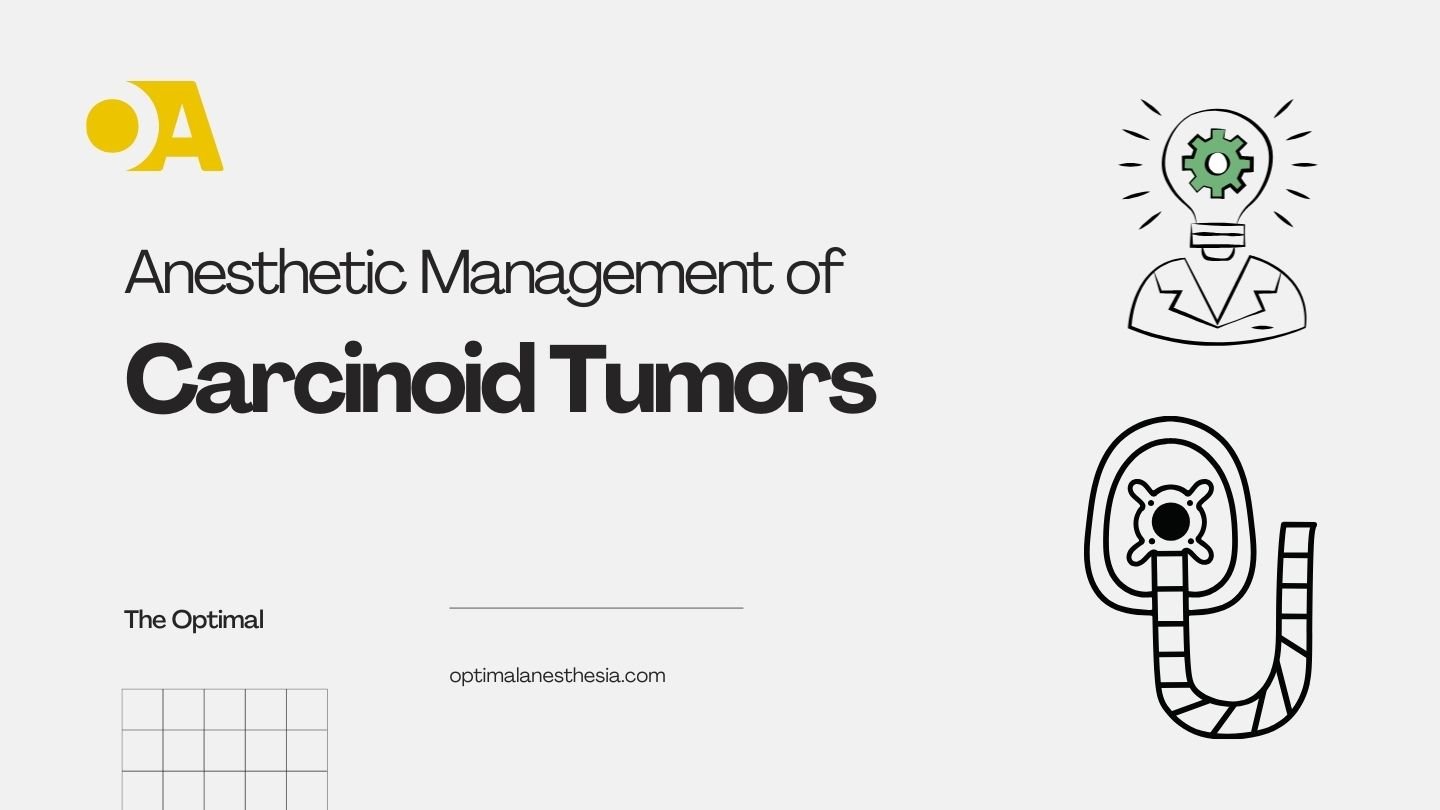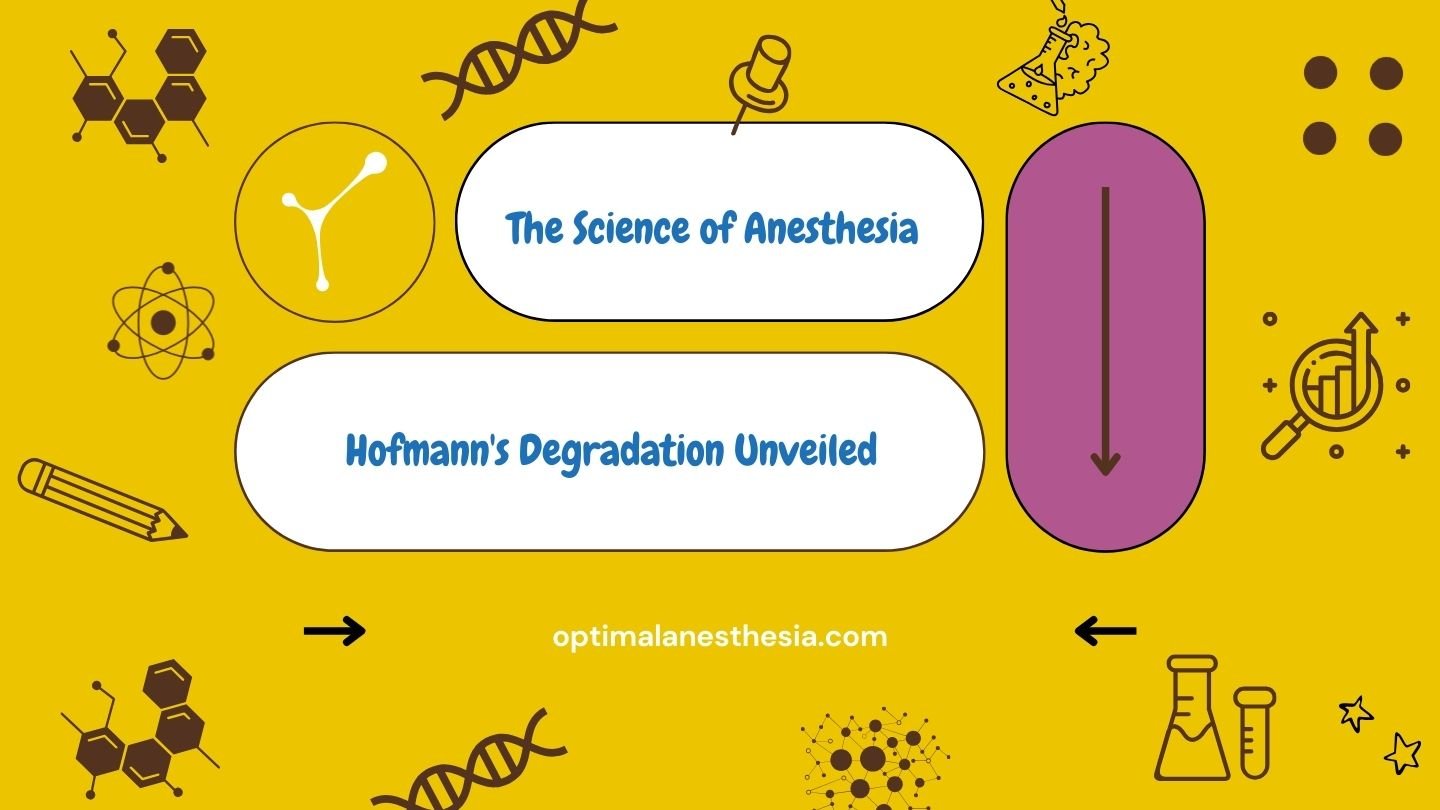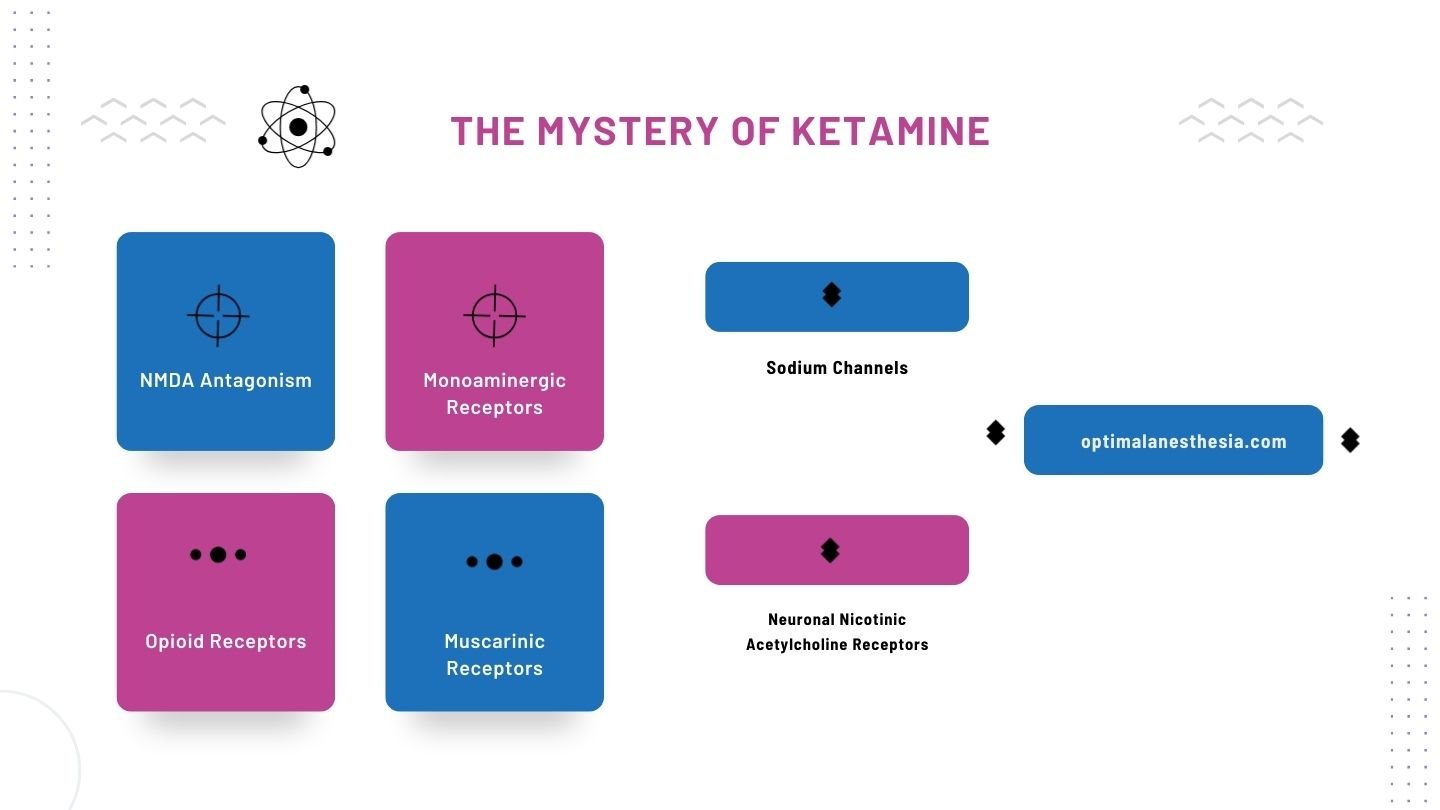Understanding MDMA (Ecstasy): Mechanisms of Action and Implications
Introduction MDMA, commonly known as Ecstasy, is a psychoactive substance that has gained notoriety for its stimulating and hallucinogenic properties. Originally patented as an appetite suppressant, MDMA is now widely recognized as a recreational drug. This article explores the mechanisms of action, acute effects, and the management of MDMA intoxication. Mechanisms of Action MDMA’s effects … Read more










